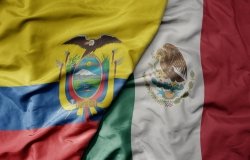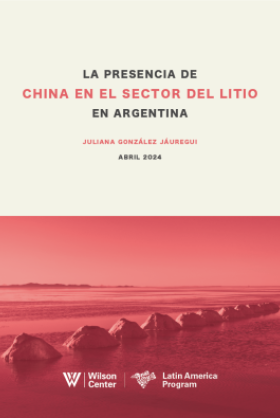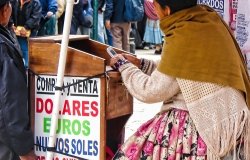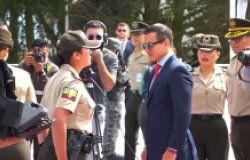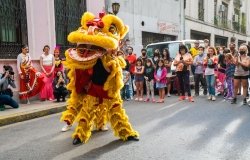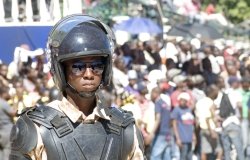The Felix Gallardo Organization (Guadalajara OCG)
Historically, Mexican organized criminal groups operated in distinct regions of the country building their enterprises through a variety of illicit activities. They did not come into conflict with one another, and were even known to act cooperatively at times with one group paying for safe passage through another's territory.
In the 1980s a criminal group rooted in the state of Sinaloa evolved into the first large-scale drug trafficking organization and became the precursor of most of Mexico's current major criminal organizations. Headed by Miguel Angel Felix Gallardo, the group was known as the Felix Gallardo organization, (later known as the Guadalajara OCG). The Felix Gallardo organization became extremely powerful due to their connections to powerful Colombian OCGs and the lack of internal rivalries or competition within Mexico.
The emergence of OCGs during this time is believed to be rooted in the boom in U.S. marijuana and cocaine consumption during the 1960s and ‘70s. In 1977, the Drug Enforcement Administration (DEA) and Mexican army began a bilateral antidrug campaign called "Operación Cóndor." Although the operation was unsuccessful in slowing the spread of the drug trade, it did push the Felix Gallardo organization from Sinaloa into Guadalajara. However, the relocation of the Felix Gallardo OCG did not hinder business; in fact it extended it further south.
The organization began to split apart in the late 1980s, due in part to the 1985 murder of U.S. DEA agent Enrique (Kiki) Camarena. Camarena's death led to increased U.S. pressure on the Government of Mexico to combat narcotics trafficking leading Mexico to begin to re-organize and expand its federal police forces. Mexico's renewed law enforcement efforts, in turn, contributed to the decline of Guadalajara organization leading to numerous internal divisions. One notable division occurred when Héctor Luis "El Güero" Palma Salazar broke from the Félix Gallardo organization.
Adding to the fracturing of the Guadalajara organization was the arrest of Félix Gallardo, who, while imprisoned, sought to retaliate against "El Güero" for abandoning the organization, by targeting members of Palma Salazar's family. The two men became bitter enemies and engaged in open battle, which ultimately left both "El Güero" and Félix Gallardo in jail, permanently dividing the once grand Guadalajara OCG in two. Control of what remained of the organization was assumed by two groups: 1), Joaquín "El Chapo" Guzmán Loera, Ismael "El Mayo" Zambada, and the Beltran Leyva family, a group which would eventually form the Sinaloa OCG; and 2), the nephews of Félix Gallardo and the Arellano Félix family, which operated primarily out of Tijuana and became known as the Arellano Félix Organization (AFO).
Related Program

Mexico Institute
The Mexico Institute seeks to improve understanding, communication, and cooperation between Mexico and the United States by promoting original research, encouraging public discussion, and proposing policy options for enhancing the bilateral relationship. A binational Advisory Board, chaired by Luis Téllez and Earl Anthony Wayne, oversees the work of the Mexico Institute. Read more
